Éric Duhaime's supporters eat a lot of meat, those of the CAQ prefer to travel by car, while the Quebec solidaire faithful are more apt to be eco-conscious.
These are some of the findings of a study by researchers from the Leadership Chair in Digital Social Science Education at Université Laval, who created the Datagotchi application.
If the climate issue has become an unavoidable theme in the election campaign, the importance that voters give it varies greatly depending on the party they vote for.
For example, Datagotchi, an application that uses algorithms to survey political preferences, asked its users about how to get around.
"What mode of transportation do you use most regularly?" the app asked.
Among the six answer choices were three "green" modes of transportation, walking, biking, and public transit, and three "less green" modes of transportation, driving a car, sport utility vehicle (SUV), and motorcycle.
"Green" transportation is used by 48 per cent of QS supporters, 31 per cent of QLP supporters, 30 per cent of PQ supporters, 14 per cent of CAQites and 11 per cent of Conservatives.
"Not surprisingly, the data is reflected in the political offer of the various parties," said Alexandre Gajevic Sayegh, a specialist in climate issues and assistant professor in the Department of Political Science at Laval University.
"We see that only 14 per cent of the CAQ electorate takes green transportation, so we understand why they are so insistent on road projects, such as the third link, for example, and why we don't see a willingness to have strong eco-tax measures," said Gajevic Sayegh. "We also understand why, to some extent, the CAQ and the Conservative Party have labelled eco-fiscal measures as punitive measures, rather than discouraging polluting behaviour."
This broad contrast between the behaviours of QS and CPQ supporters is also present in other data from the Datagotchi application that relate to the environment and the climate crisis.
For example, a similar analysis was conducted regarding eating habits. CPQ supporters are by far the most frequent consumers of meat, followed by CAQ supporters, Liberal Party of Quebec (PLQ) faithful, Parti Québécois and Québec solidaire (QS), according to Datagotchi.
For example, 45 per cent of PLQ supporters "eat meat once a day or more", while only 16 per cent of Québec solidaire supporters do so.
QS also has the highest proportion of vegetarians, with 17 per cent, ahead of the PLQ at 7 per cent and the PQ at 6 per cent, while the CAQ and CPQ are equal with 4 per cent of supporters who do not eat meat at all.
Citizens who use the Datagotchi application are asked to complete online questionnaires and provide details about their preferences and lifestyle habits.
With a name inspired by Tamagotchi, the popular game of the 90s, the application tries to guess which party they plan to vote for in the Oct. 3 provincial election by analyzing their lifestyle habits.
If it is wrong, you can then indicate the correct answer, allowing the algorithm to improve.
The answers to the questionnaires on eating habits and modes of transportation used come from participants who have declared which party they will vote for. These responses are not predictions but statements.
The sample of 1,500 respondents was weighted on socio-demographic variables (age, gender) to ensure representativeness.
"The sample is very representative, it is a fairly strong sample of respondents for Quebec, so it is reliable data," said Gajevic Sayegh.
TOLERANCE FOR CLIMATE MARCH VARIED
Researchers at Laval University's Leadership Chair in Digital Social Science Education, who created the Datagotchi application, also used traditional polls to find out the opinions of supporters of different political parties regarding the environment.
They asked 1,500 respondents how far they would be willing to tolerate "a climate march" as a political action "to advance the climate cause."
At over 62 per cent, QS supporters are the most "tolerant" of this type of demonstration, followed by those of the PQ. Duhaime's party is in third place, with 45 per cent, ahead of the PLQ and the CAQ for its "great tolerance" towards the "climate march".
The tolerance of the Conservatives' demonstrations can probably be explained by "the libertarian leanings of the leader," according to Gajevic Sayegh. "There is still 20 per cent of conservatives who are not tolerant at all, and it is the same thing we see with the CAQ and the Liberals."
The Laval University Research Chair also realized that eco-anxiety is not shared by all groups of supporters.
In order to determine the level of eco-anxiety of individuals, they asked participants if they believe that climate change is a threat to their lives, if a major ecological disaster will happen soon or if climate change will lead to the end of humanity.
About 55 per cent of Québec solidaire supporters fall into the "very eco-anxious" category. Between 33 per cent and 36 per cent of PQ, PLQ and CAQ supporters fall into this category. Only 10 per cent of Duhaime's supporters are very "eco-anxious."
"In the CPQ we see that 70 per cent of the electorate says they are not eco-anxious at all. This may mean that it is an electorate that does not have much concern for the climate crisis because, in principle, we should have a certain level of anxiety if we understand well what the climate crisis is. These numbers are still worrisome," said Gajevic Sayegh.
According to the Leadership Chair in Digital Social Science Education (CLESSN) at Laval University, less than three weeks after its launch, more than 70,000 Quebecers have used Datagotchi, "allowing the algorithm to now offer predictions with a remarkably low margin of error," according to CLESSN researchers.
This report by The Canadian Press was first published in French on Sept. 29, 2022.
Adblock test (Why?)
Conservatives eat meat, Quebec solidaire voters ride the bus: study - CJAD 800 (iHeartRadio)
Read More


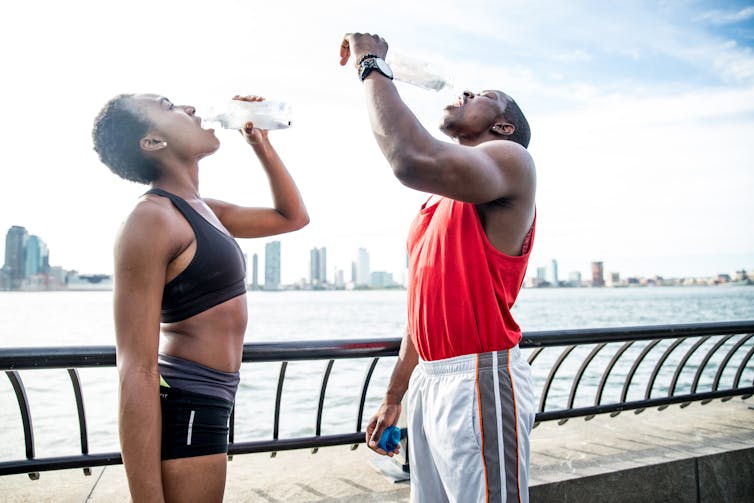

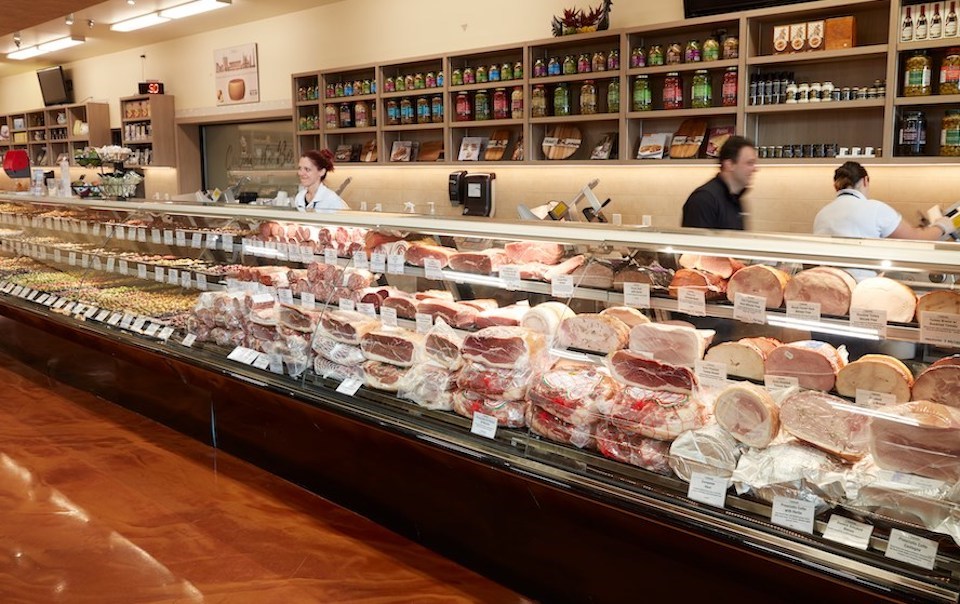
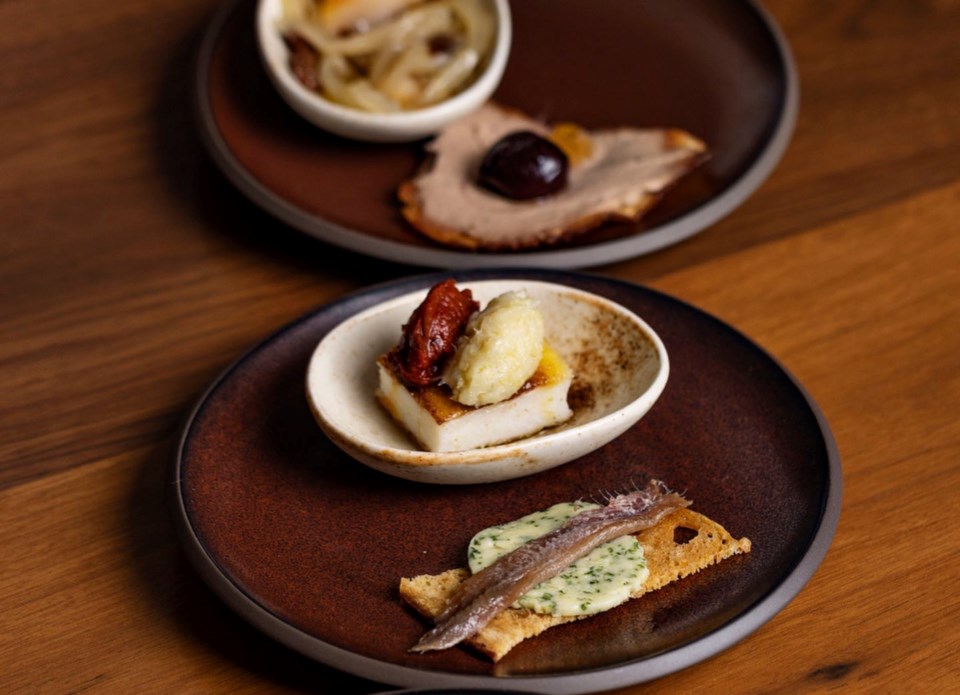





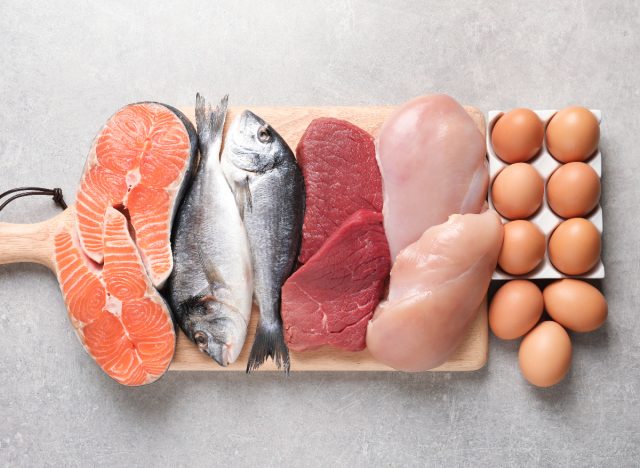

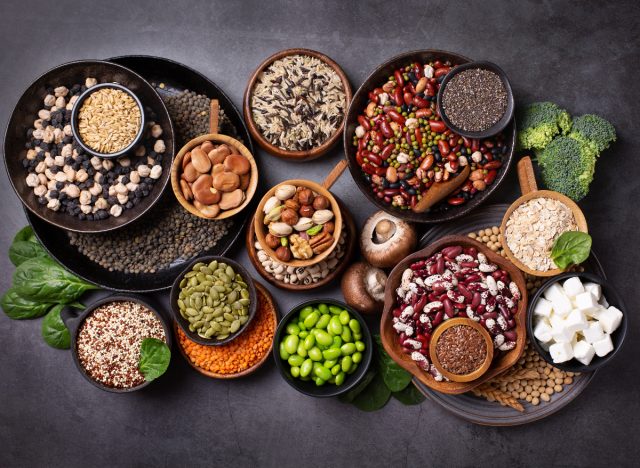
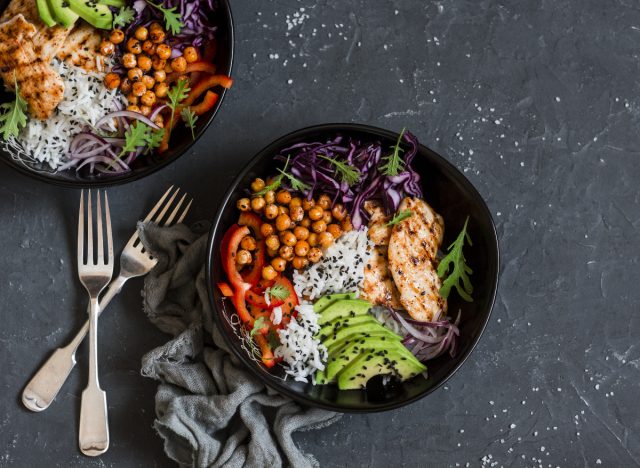
:quality(70)/cloudfront-eu-central-1.images.arcpublishing.com/thenational/LBECMS6JTW67SSTQFUSLIL3FAY.jpg)
